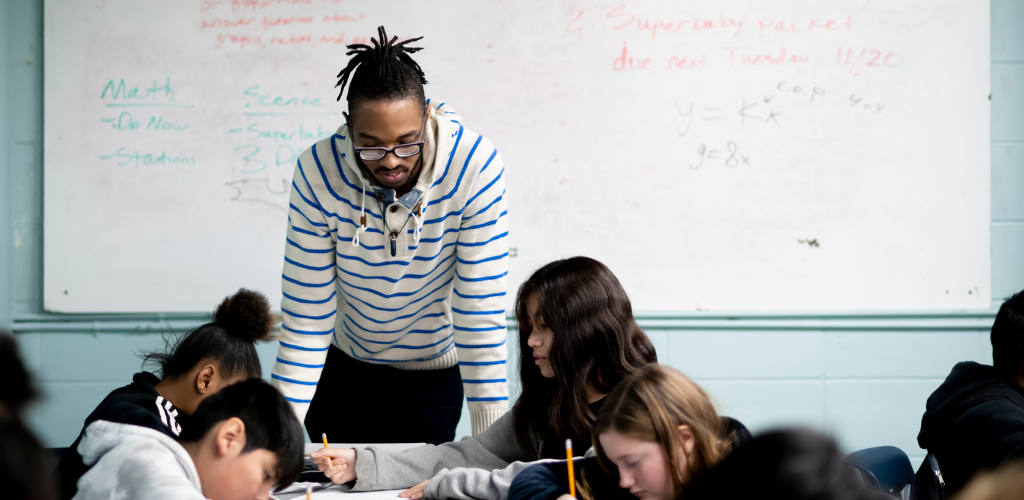While Adults Talk About Teacher Diversity, Nothing is Changing for Youth of Color
By Saja Osman
As a young person of color, I know just how badly we need to increase teacher diversity in Minnesota. That’s why I’m happy to see so much conversation around this issue, including a recent analysis from the Star Tribune about the diversity gap between Minnesota’s students and teachers.
HOW THE TEACHER DIVERSITY GAP PLAYS OUT
I know all too well what it means to not have teachers who can relate to my background and experiences. For a long time, I’ve struggled to find adults that I could comfortably talk to about my struggles and successes in school. When I’m dealing with issues pertaining to race, I feel disconnected from school staff who haven’t faced these issues themselves. Having a limited number of teachers and staff who are of color makes me feel trapped, as I often feel the need to act a certain way so that my teachers don’t attach stereotypes to me.
But the truth is that, with Minnesota’s mostly white teaching staff and increasingly diverse student population, stereotyping does happen. Most teachers have implicit bias, which leads them to treat students differently. I’ve seen this play out again and again, especially when it comes to school discipline: White teachers tend to discipline students of color harsher for things that white students do all the time, and yet get away with. It’s not a surprise that the Minnesota Department of Human Rights found that schools disproportionately suspend and expel students of color and students with disabilities, pushing them into the school-to-prison pipeline.
We also continue to have some of the worst achievement gaps in the nation. While many Minnesotans pride themselves on the state’s great schools, the truth is that that these schools are really only doing well for those they were designed, and staffed, to serve: white students.
Teachers of color could help change this. Studies confirm that teachers of color are more likely to engage and keep students of colors in class, encourage us to take more challenging classes, and push us to our highest potential. Research also suggests that, with diverse teachers, students of color are less likely to drop out of school and more likely to continue on to college.
Ultimately, Minnesota’s lack of teacher diversity creates a cycle. Not seeing myself reflected in school staff makes me not want to pursue a career in education. The disparity bars our potential to become influencers and role models to the children who need one. Not seeing action to increase teacher diversity makes me worried that if I have kids, things won’t be any different for them.
IT’S TIME TO GET TO WORK
I don’t have all the answers. But, what I do have is something that many of the educators and policymakers who should have the answers seem to lack: urgency. Because despite all of the talk about teacher diversity and all of the evidence about why it matters, nothing seems to be changing.
For Minnesota youth, just five percent of our teachers are people of color, and this number really isn’t moving. This means hundreds of thousands of students across Minnesota do not see ourselves reflected when we walk into school. This makes it much more difficult for us to feel safe, seen, and accepted, not to mention learn and thrive.
In a few years, many Minnesota schools will be serving mostly students of color. Lots already do. If we’re serious about giving students of color the diverse educators we deserve, we need more than just talk. We need action. We need urgency. We need real change. And I don’t mean just having one or two teachers of color at school and calling it a day; I mean the teaching staff of every school truly reflecting the diversity of its students.
To make that happen, we also need accountability. Minnesota school leaders, educators, and policymakers need to confront the data, analyze the mounting research, and do something about—and to be held accountable if they don’t.
So, Minnesota adults: It’s your move.
EdAllies seeks to elevate diverse voices and foster a candid dialogue about education. While we provide our blog as a platform for EdVoices and other guest contributors, the views and opinions they express are solely their own.

